PTFE (Polytetrafluoroethylene) gaskets are critical components used in sealing applications due to their excellent chemical resistance, thermal stability, and durability. The manufacturing process of PTFE gaskets involves several steps to create high-performance sealing solutions for various industries.
Step 1: Material Preparation
- Raw PTFE Resin: The manufacturing process begins with PTFE resin, which is typically in the form of powder or fine granules. The raw material is chosen for its properties like chemical resistance and non-reactivity.
- Lubricant Addition: Sometimes, a lubricant or binder is added to the PTFE resin to facilitate processing during the shaping stage.
Step 2: Molding or Compression
- Compression Molding: The PTFE resin is placed in a mold, and pressure is applied to form it into a blank shape. This step ensures that the material takes on the general form of the gasket.
- Heating: The mold and PTFE material are then heated to a specific temperature, softening the PTFE so that it can be formed into the desired shape.
Step 3: Curing and Solidifying
- Curing: After molding, the PTFE material is subjected to heat or pressure for curing. This process solidifies the gasket and enhances its mechanical properties, ensuring it retains its form and strength.
- Cooling: The PTFE gasket is cooled after curing to harden it and prepare it for the next stages of processing.
Step 4: Cutting and Shaping
- Cutting to Shape: The cured PTFE gasket is cut to the exact dimensions required for its application, often using laser cutting or die cutting for precise edges and shapes.
- Finishing: Any excess material or rough edges are removed, and the gasket may be further treated to improve surface smoothness.
Step 5: Quality Control
- Inspection: Finally, the PTFE gaskets undergo quality control checks to ensure they meet dimensional specifications and performance standards. They may be tested for sealing effectiveness, durability, and compatibility with different chemicals and temperatures.
Conclusion
PTFE gasket manufacturing combines molding, curing, and precise cutting to produce high-quality seals. These gaskets offer superior resistance to heat, chemicals, and pressure, making them ideal for demanding industrial applications.
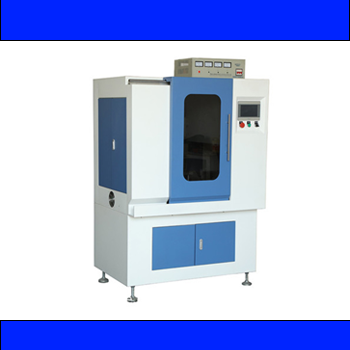
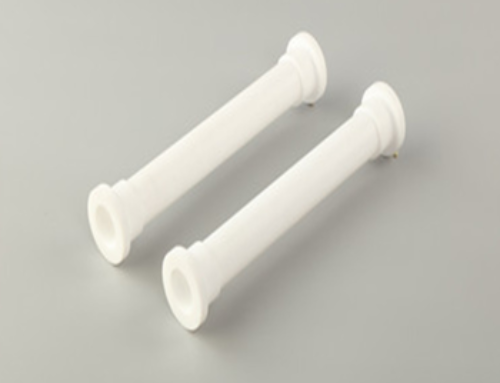
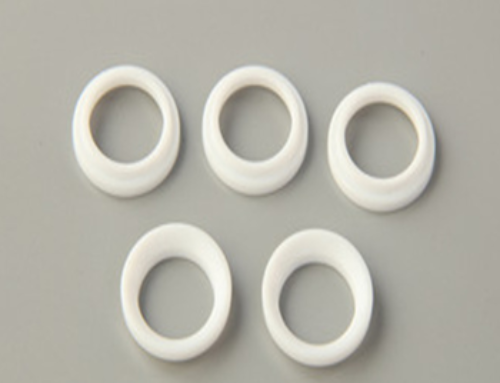
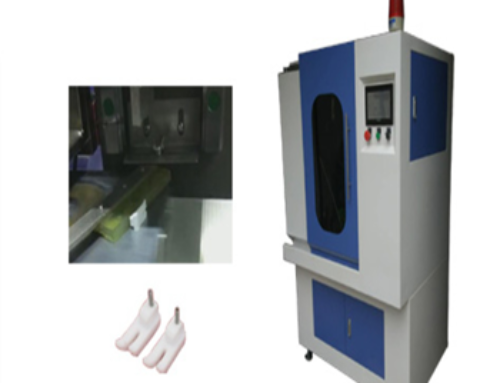
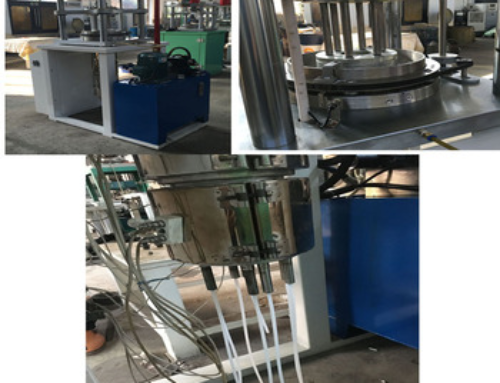
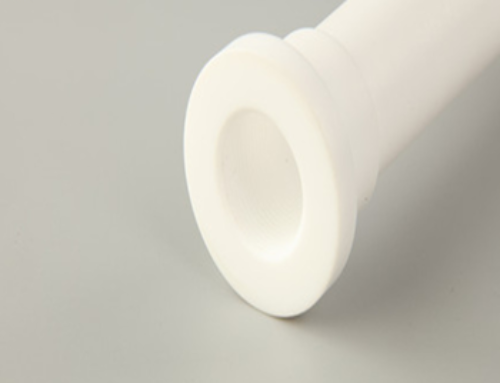

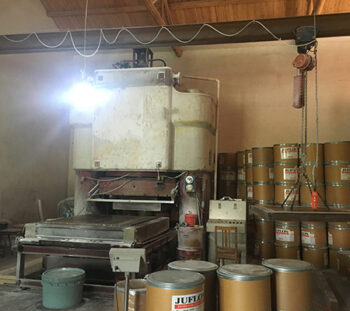
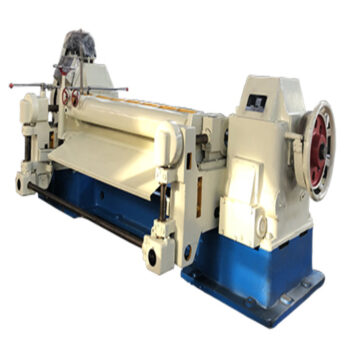
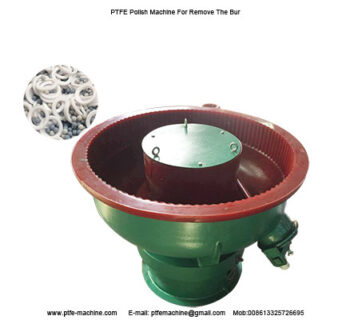
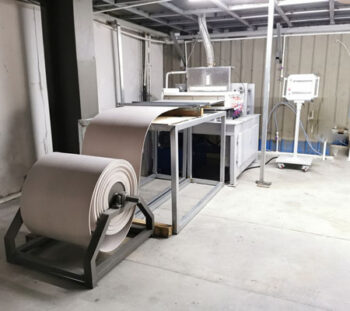
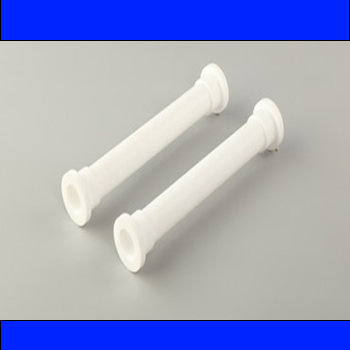

Leave A Comment
You must be logged in to post a comment.